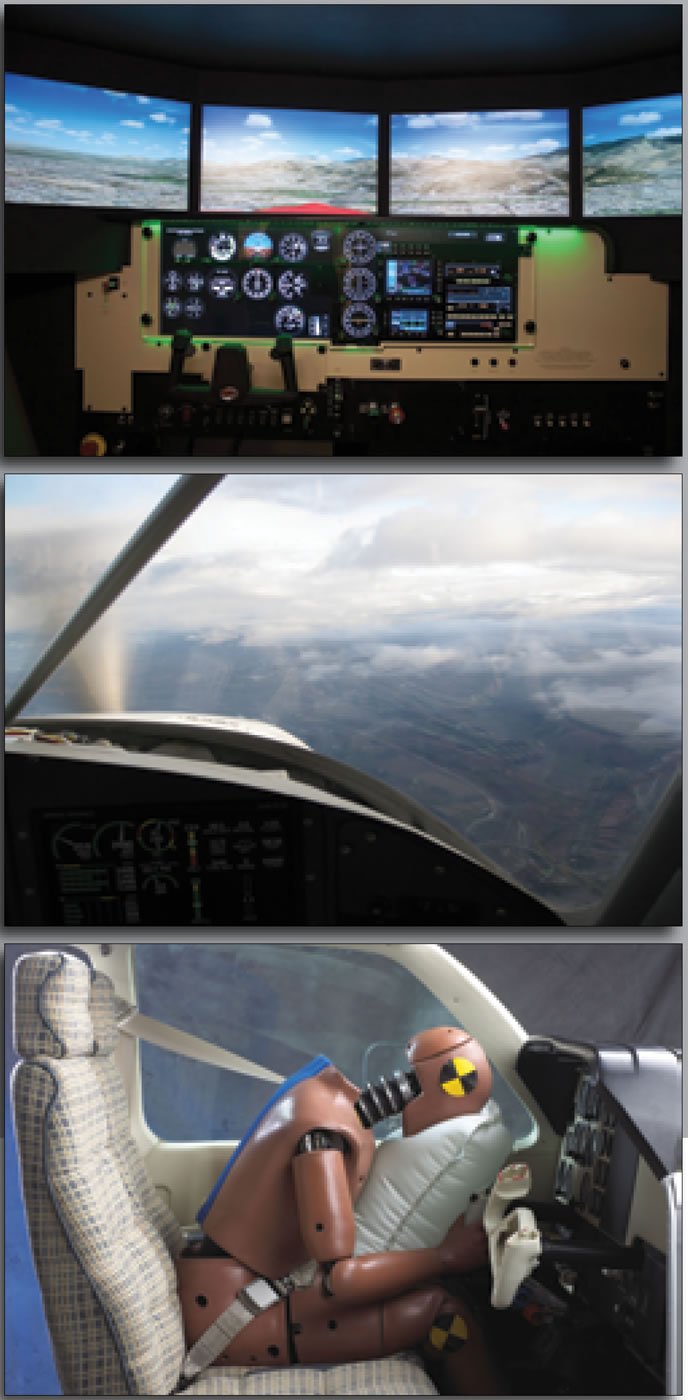While this article targets what to do post-crunch, it can’t hurt to think a little about how to avoid having to worry about the whole issue. As briefly and bluntly as possible, if you want to avoid an accident the data clearly show the single most effective way to do so is to take regular recurrent training. Take an hour of dual every six months—it will cut your risk of damaging an airplane substantially. Better still, get involved with and stay current in the FAA WINGS program. The accident rate for pilots who do so is so close to zero; it’s astonishing.

Overall, the greatest likelihood of a fatal accident is when trying to fly VFR in low VFR or IMC weather. Sure, circumstances develop and sometimes you find yourself in a jam in weather. Recognize that pressing on means betting against house odds—so either climb and call ATC for help, land at an airport that’s within a few miles or make an off-airport landing. For a non-fatal accident, your greatest risk is runway loss of control, usually in a crosswind. That’s where regular dual pays big dividends. A lot of pilots lose control because they are reluctant to use full control deflection when the airplane swerves or is hit by a gust—time with a CFI often helps a pilot be more assertive in making the airplane go where desired.
In terms of preventing serious injury in the event something nasty happens, the best protection to you and you passengers is wearing the restraint system—that means the shoulder harness. You’ll jackknife over a seatbelt and smack your head on the instrument panel in even a low-g impact. That will probably either kill you or render you unable to function effectively for some time—deadly if a fire starts. Even the most basic, single-strap shoulder harness will go a long way toward preventing deadly head impact. Airbags are available on production aircraft and can be retrofitted to some, possibly further helping reduce the risk of injury.




